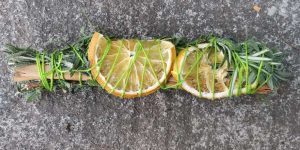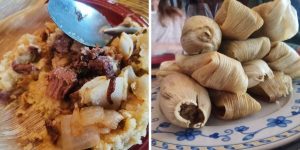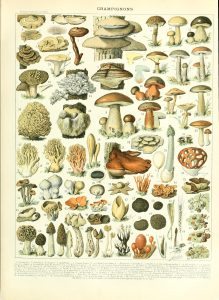 Nowadays, not many folks forage for food anymore–and especially not mushrooms.
Nowadays, not many folks forage for food anymore–and especially not mushrooms.
There’s a lot of mushrooms out there that are poisonous, after all!
For many beginning foragers, the risks involved can make them hesitant to try. Even if you’ve read lots of books and researched common mushrooms in your area, it takes years to really become a mushroom foraging expert.
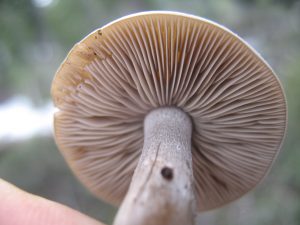 For true beginners, it’s a great rule to stay away from any mushroom with gills, as these are the ones which may or may NOT be poisonous.
For true beginners, it’s a great rule to stay away from any mushroom with gills, as these are the ones which may or may NOT be poisonous.- Also, since there are just so many varieties of little brown mushrooms, it’s best to leave little-browns alone.
“Little, brown; throw it down!” say the expert mushroom foragers!
Now that we’ve got that outta the way–what mushrooms CAN you easily forage without risking death?
1. Chanterelles. These yellow, wavy-shaped mushrooms are pretty easy to spot, and taste great too. Even better, there’s little else you can mistake for a chanterelle. They have wrinkles underneath, but NOT true gills, as in the picture. Chanterelles spread via mycorhizzae, which means they can’t be cultivated–so foraging is the way to get these, even if they’re in your dish at a local restaurant.
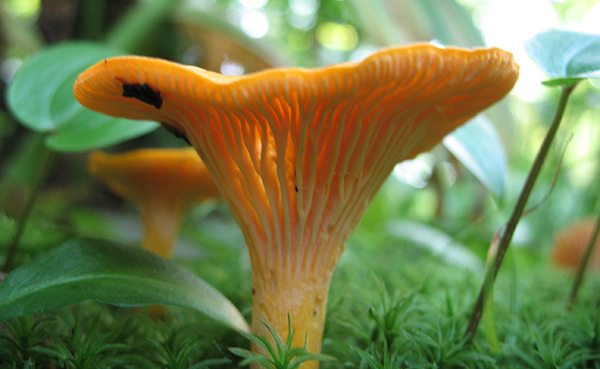
2. Cauliflower mushrooms. These are another type of mushroom that don’t look like any other type of mushroom–they’re hard to mistake for something dangerous. Cauliflower mushrooms are often found at the base of live oak or conifer trees, or else on well-decayed wood.
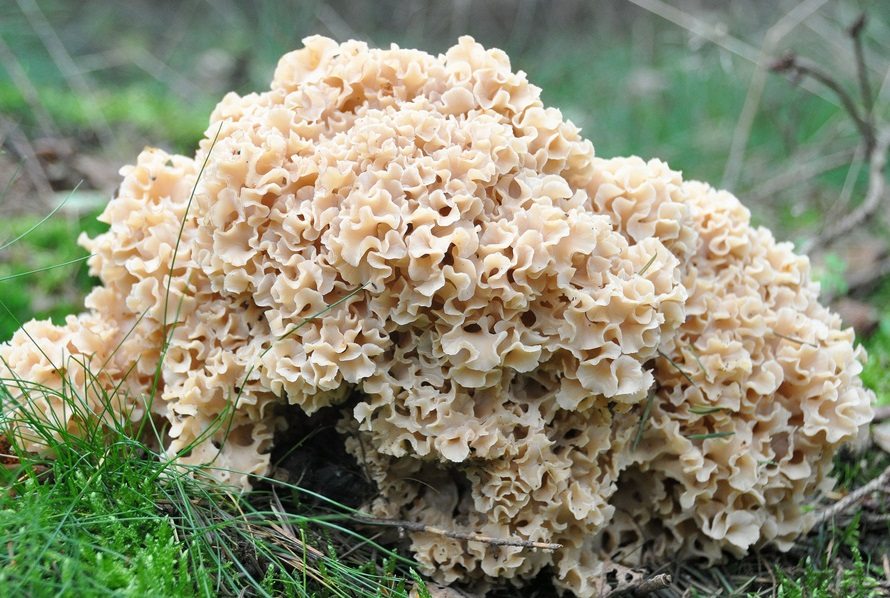
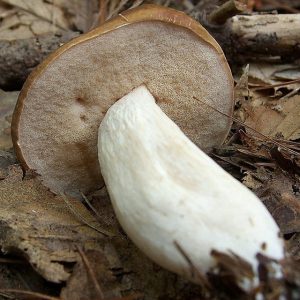
3. Boletes. These mushrooms are unique because on the underside where you might expect to see gills, they instead have a spongy layer of holes or pores. Porcini mushrooms are the most well-known type of bolete. The only poisonous boletes are very tell-tale because their pore layer is a vivid orange or red color! Boletes are often found at the base of pine trees. Flies tend to like porcinis, especially–so cut these up and check them thoroughly before you dig in!
There’s many other edible mushrooms that are easy to find, but these three require the very least skill and discernment.
Mushrooms like oysters, morels, hen of the woods, lion’s mane, chaga, reishi, and more can be located safely with some dedication and skill.
You can also use online guides such as the Mother Earth News Guide to Foraging Wild Mushrooms, or ForagingGuide.com.
Again, this is one of those things where you’ve got to be 110% SURE about any mushroom you find out in the woods.
Deadly and poisonous mushrooms like the beautiful amanita muscaria, destroying angels, and death caps are quite as common as harmless edible mushrooms, so caution is key.
Spending the time to educate yourself properly on mushroom species can literally save your life.
Plus, it’s an excellent survival skill that helps to put some extra food on the table.
Are you ready to forage for wild mushrooms in your area? And don’t forget….
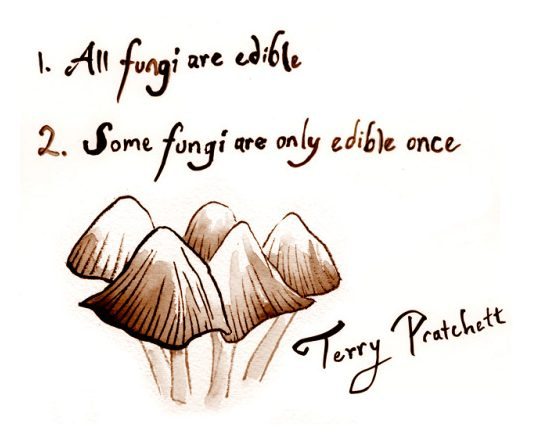

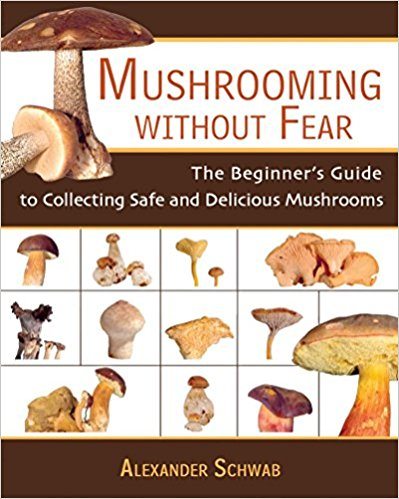 Get the book here on Amazon!
Get the book here on Amazon!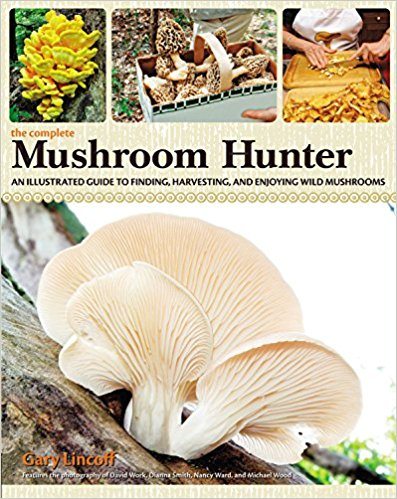 Get the book here on Amazon!
Get the book here on Amazon!